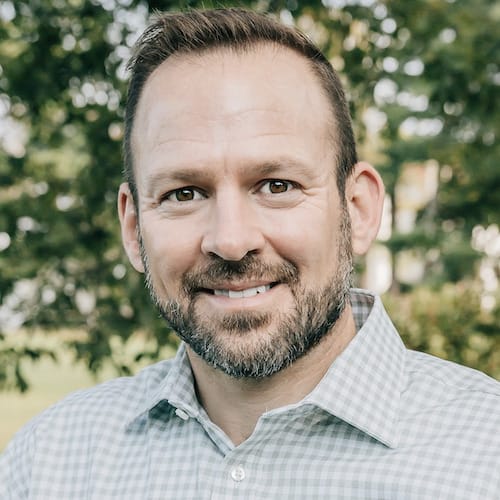
Senior living is emerging from an industry-altering event that turned the fundamentals of the business model upside down. For the first time, congregate care settings were viewed as an “unsafe” place to both live and work due to a highly contagious virus that disproportionately affected older adults with chronic conditions.
The industry experienced unprecedented declines in occupancy rates and revenue, while expenses associated with staffing (labor cost), enhanced infection control programs, supply costs (personal protective equipment), and in some cases building modifications (for instance, special isolation units for residents infected with the virus) increased significantly.
Although there are early signs the industry is poised to rebound from this Black Swan event (occupancy rates approaching pre-pandemic levels, moderated supply growth, etc.). The aftershocks of the COVID-19 pandemic and the following industry trends are converging to create opportunities for senior living and advanced primary care organizations to work more collaboratively for the benefit of one another and the customers they serve.
- Aging population and needs-based demand. The “silver wave” has arrived. One of the largest generations in US history, members of the Baby Boom will begin turning 80 in 2026 (the youngest will turn 62 that year), and the number of adults aged 85 or more years older, those most often requiring assistance with activities of daily living, will quadruple between the years 2000 and 2040. Simultaneously, with the help of home modifications, assistive devices, technology advancements and the increased availability of home- and community-based services, more older adults now are enabled to meet their ADL needs and delay moving into senior living settings. As a result, upon move in, senior living residents now are older and more medically complex (comorbid, mobility impaired, cognitively declined). This reality is increasing the demand for help with instrumental activities of daily living while shortening the length of time they spend in senior living.
- Consumer expectations. Accordingly, consumer expectations of the senior living industry are changing. Families are more dispersed than ever, and adults are remaining in the workforce longer, making it challenging to get their loved ones to necessary medical appointments. As a result, beyond assistance with ADLs, family members with loved ones in assisted living are looking for solutions that bring care to the resident and don’t require travel outside the building.
- Adoption of value-based care. In an effort to better control costs and improve quality of care and health outcomes, adoption of value-based care arrangements continues to grow. Increasingly, the federal Medicare program and Medicare Advantage organizations are partnering with advanced primary care providers (and in some cases, senior living organizations) to adopt value-based care arrangements. Although assisted living communities historically have not been viewed as a part of the traditional healthcare continuum, their role in ensuring the holistic care needs of their residents are being met is important and evolving.
Historically, senior living organizations haven’t had a pressing need to focus on deeper primary care partnerships. The two — senior living and primary care — have enjoyed a loose affiliation for years, but now more than ever, given the trends outlined above, is the time for senior living and primary care organizations to forge new partnerships.
Senior living operators should be intentional and discerning in identifying primary care partners who can bring care directly to their communities and establish collaborative relationships with those that are best positioned to provide longitudinal whole-person care for their residents. They should work with primary care organizations that are purpose-built for value-based care, with the majority of their resident census in value-based arrangements. Ideal partners have invested in robust clinical models equipped to manage residents’ needs holistically (on-demand care, social work, behavioral health, medication therapy management, wound care, etc.), and have found ways to deliver those services on-site without the need to travel to a traditional doctor’s office.
Senior living should look beyond the pitch deck for third-party, validated results demonstrating the organization’s ability to improve quality of care and outcomes, such as reduced hospitalizations and readmissions and increased days at home (in the community).
Primary care partners should have the financial stability and resources necessary to grow and provide at scale consistent service and outcomes to meet their company’s needs across multiple communities. This should include the ability to invest in programs and collaborative workflows with community staff to improve resident safety and overall well-being.
Senior living organizations need a payer-agnostic partner that can deliver value-based care to all residents, regardless of their source of insurance. Senior living staff members don’t want to become de-facto “insurance brokers” or duplicate efforts to accommodate various payer sources.
Finally, primary care partners should be value generating for all parties (that is, the senior living operator, payers and, most importantly, the residents).
With the right partners, senior living organizations can position themselves to successfully meet the changing needs and expectations of a growing customer base while at the same time improving their operating and financial performance by making their communities more attractive to potential residents, improving occupancy and resident retention, and improving customer satisfaction.
Now is the time for senior living and primary care organizations to take their relationship to the next level.
Franke is the co-founder and chief strategy officer of Bloom Healthcare and the senior executive for Bloom Health Network, Bloom’s wholly owned accountable care organization serving the high needs population in the ACO REACH Model.
The opinions expressed in each McKnight’s Senior Living marketplace column are those of the author and are not necessarily those of McKnight’s Senior Living.
Have a column idea? See our submission guidelines here.


